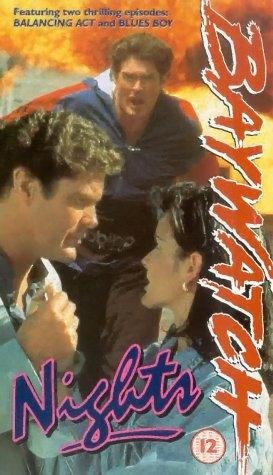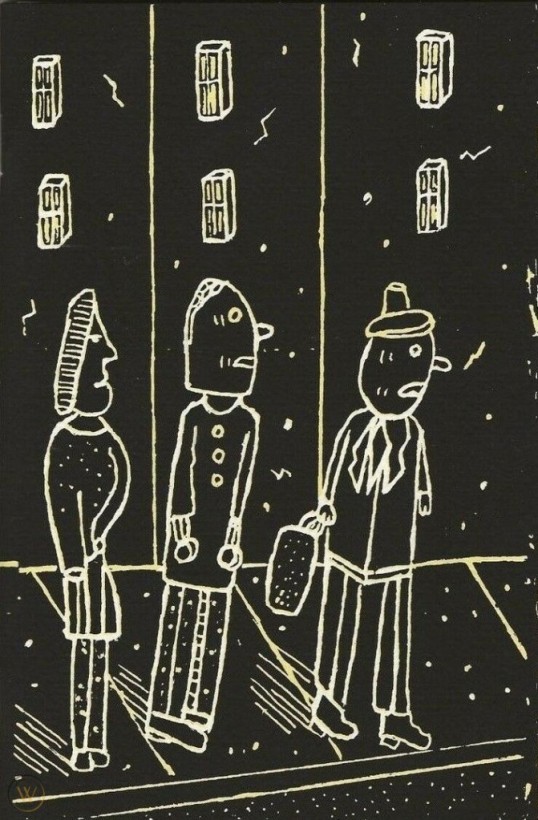 Warlock-turned-attorney William Spanner is back in the sixth installment of the strangely long-running Witchcraft franchise.
Warlock-turned-attorney William Spanner is back in the sixth installment of the strangely long-running Witchcraft franchise.
Previously, William was a defense attorney and then he was an insurance attorney and now, he’s apparently a divorce attorney who occasionally consults with the police on cases involving the occult. In this film, William is played by an actor named Jerry Spicer. This would be the only film in which Spicer would play Spanner. He doesn’t do a bad job in the role. He’s not as memorable as Charles Solomon was in parts two, three, and four but he’s not as boring as Marklen Kennedy was in part five.
When a serial killer starts targeting women who wear cross necklaces, Detectives Lutz (Kurt Alan) and Garner (John E. Holiday) consult with William. Though William is still reluctant to acknowledge his warlock ancestry, it doesn’t take him long to realize that the women are being sacrificed to Satan. Mr. Savatini (Bryan Nutter) has to find a virgin to sacrifice at the next solar eclipse but virgins are hard to find in Los Angeles. So, Savatini has ordered his followers to target any woman wearing a cross, on the chance that she might be religious instead of just fashionable.
Witchcraft VI not only tells us that there aren’t any virgins left in Los Angeles, it also shows us why that is. If nothing else, the success of the Witchcraft series was proof that people, especially people in the 90s, would sit through anything if there was a chance that they would get to see some breasts. Everyone’s getting it on in Witchcraft VI, except for William’s secretary, which means that she’s destined to be the next victim. Unless, of course, William can call upon his powers once again.
Witchcraft VI is dumb, poorly acted, and sloppily directed but it was still a major turning point in the Witchcraft franchise. It introduced the characters of Lutz and Garner and established the idea of William being the police department’s unofficial police consultant. It’s not a bad idea. If not for all of the softcore sex, the Witchcraft films could pass for a TV show. Of course, it wouldn’t be a very good show. Witchcraft VI was another direct-to-video hit so, of course, it was followed by Witchcraft VII.










